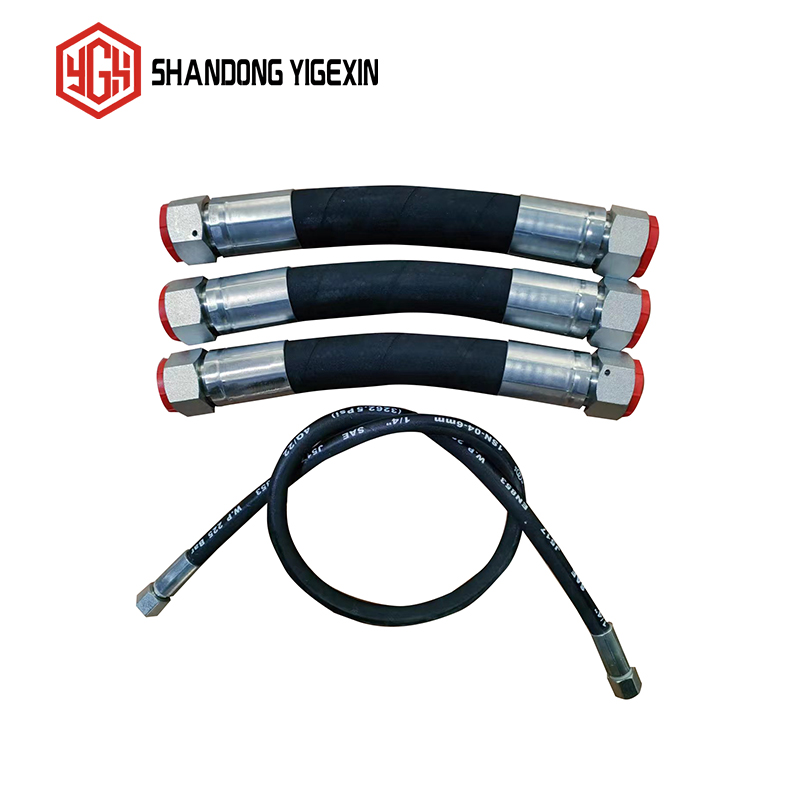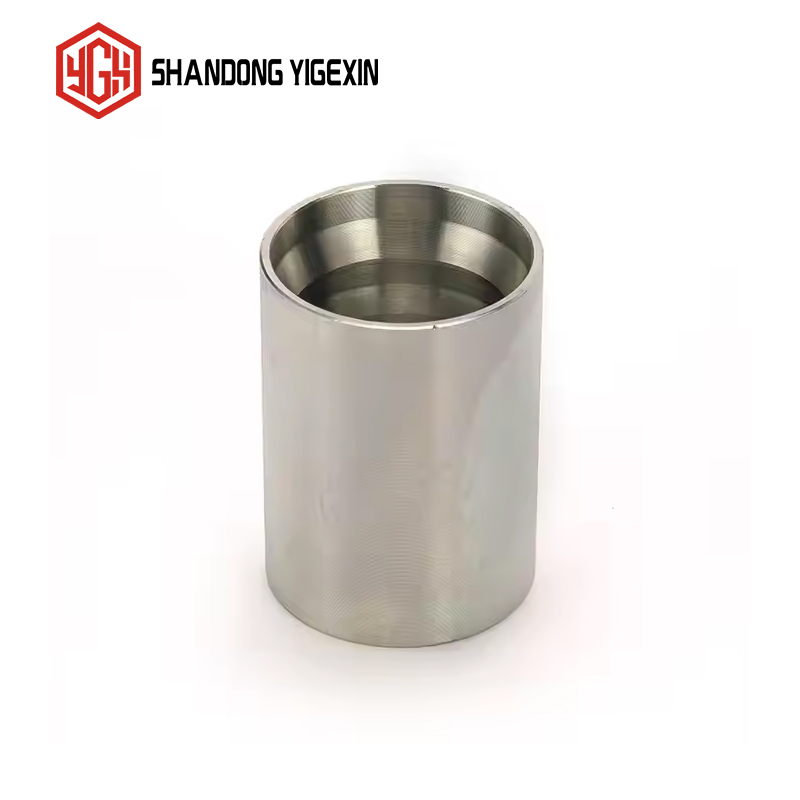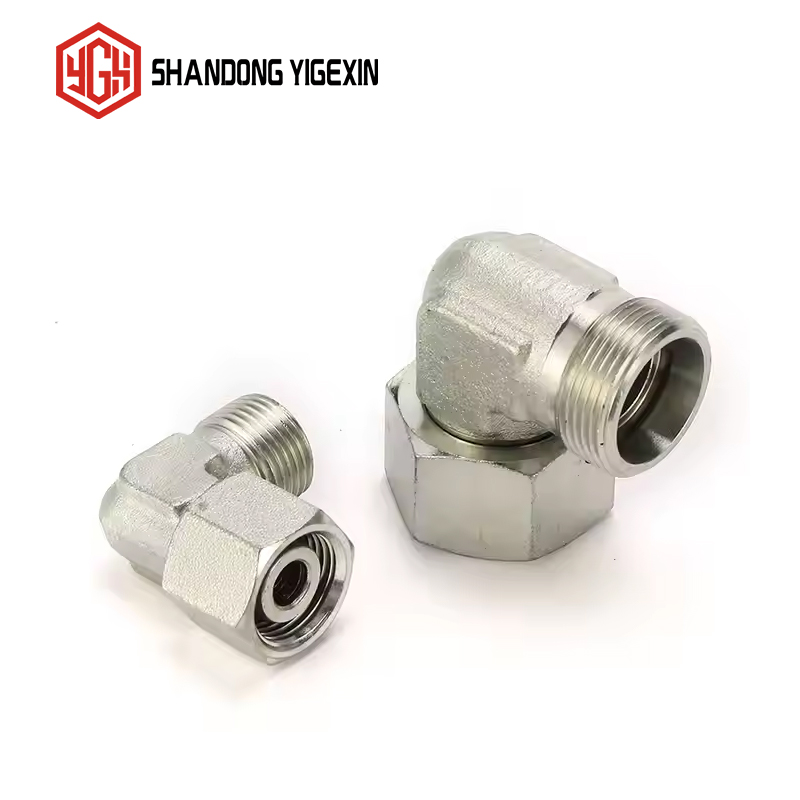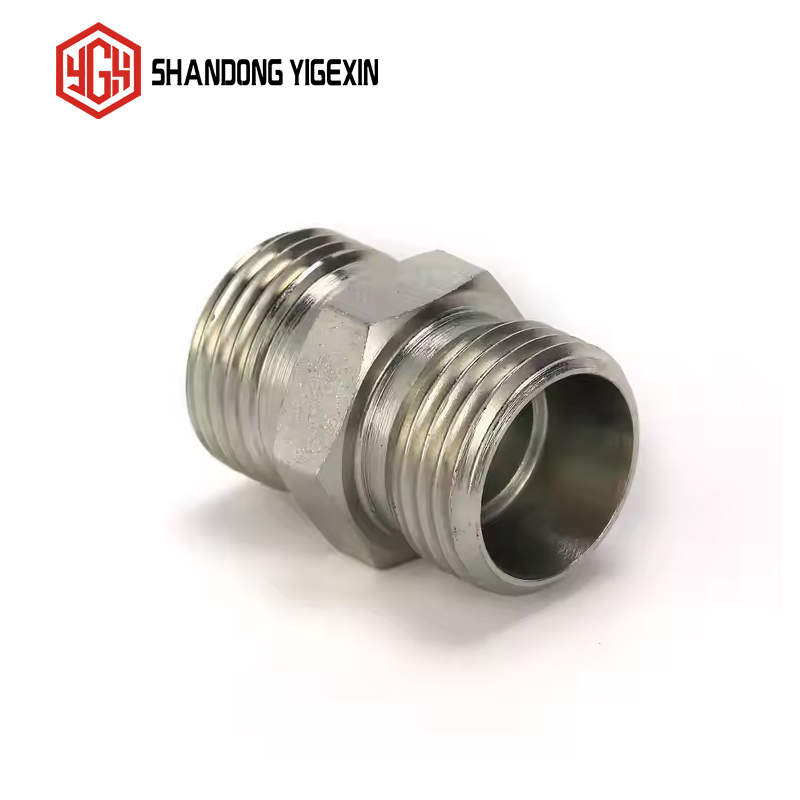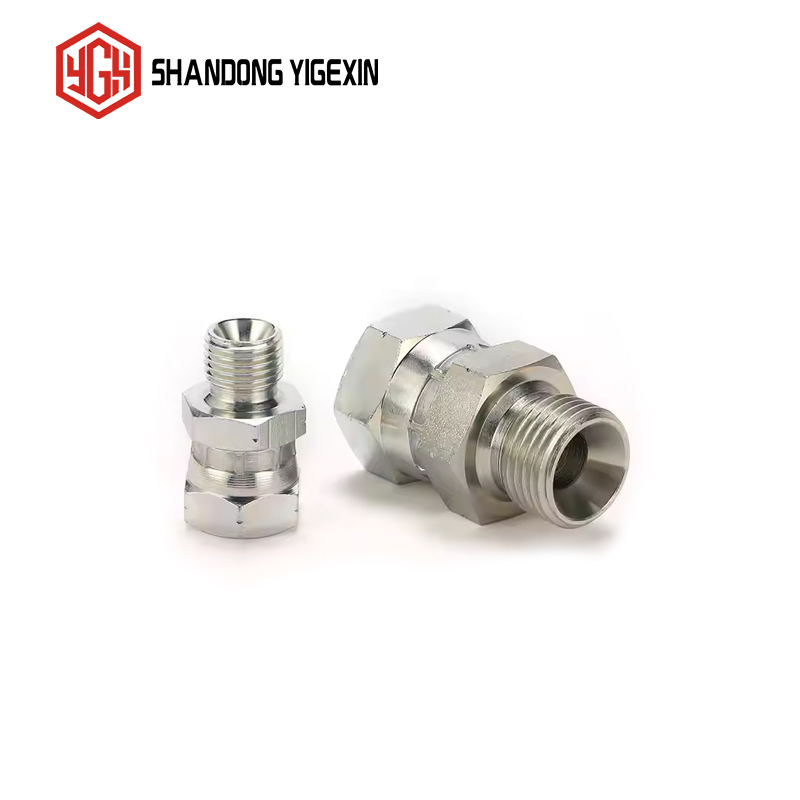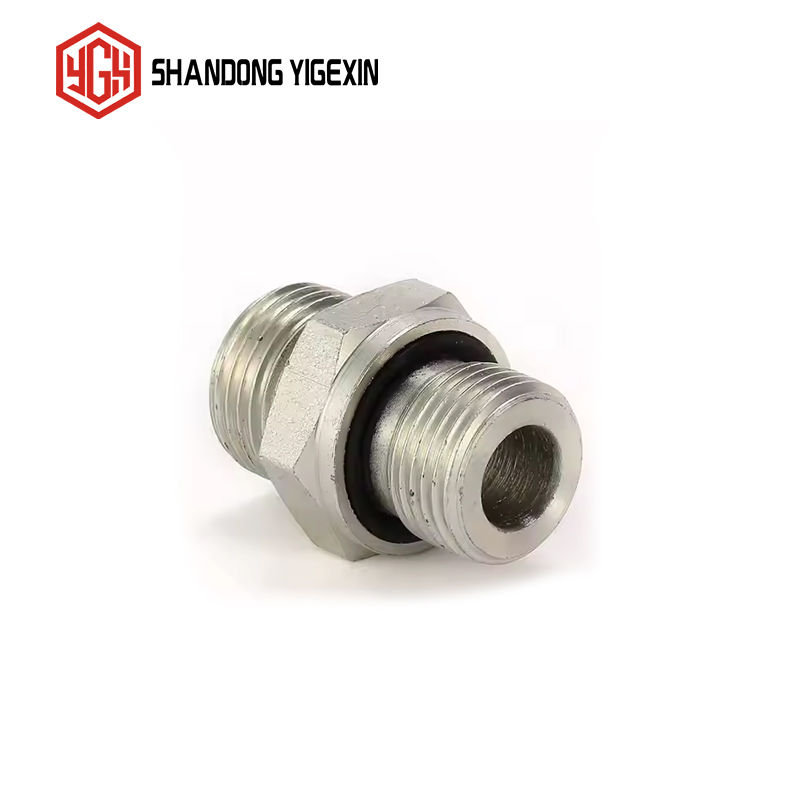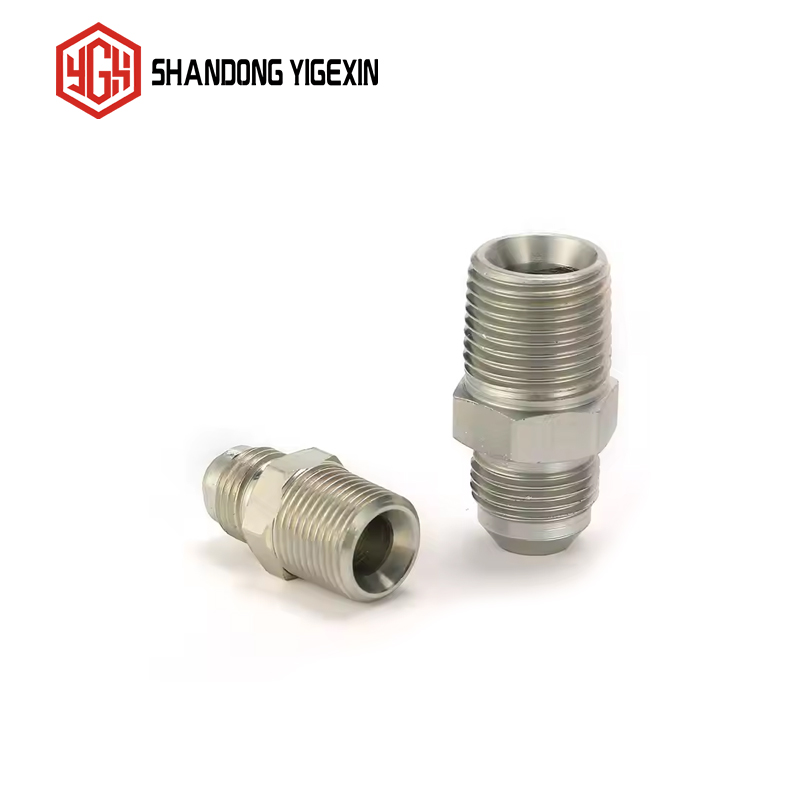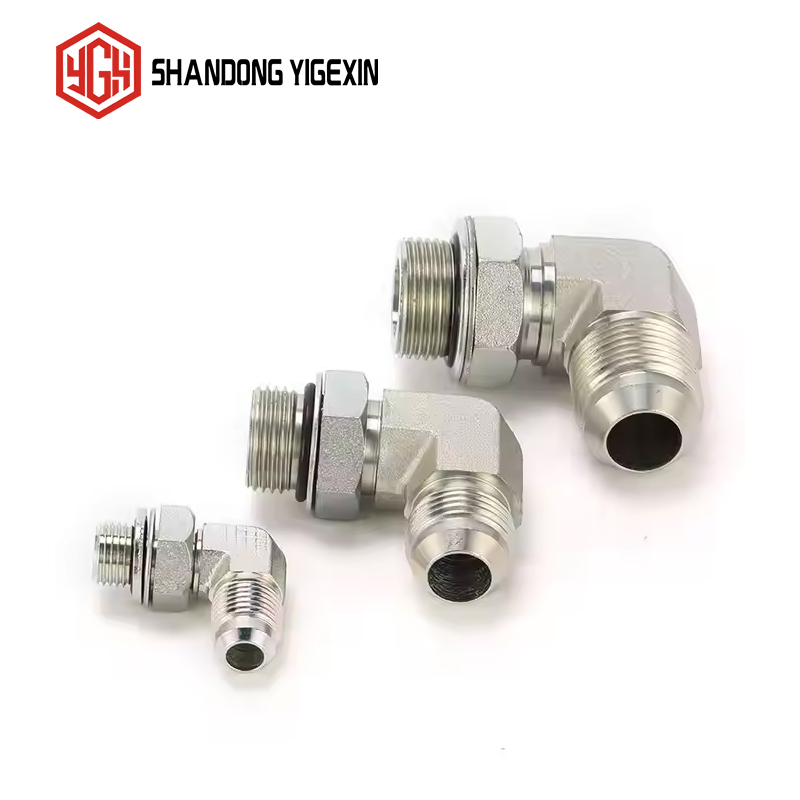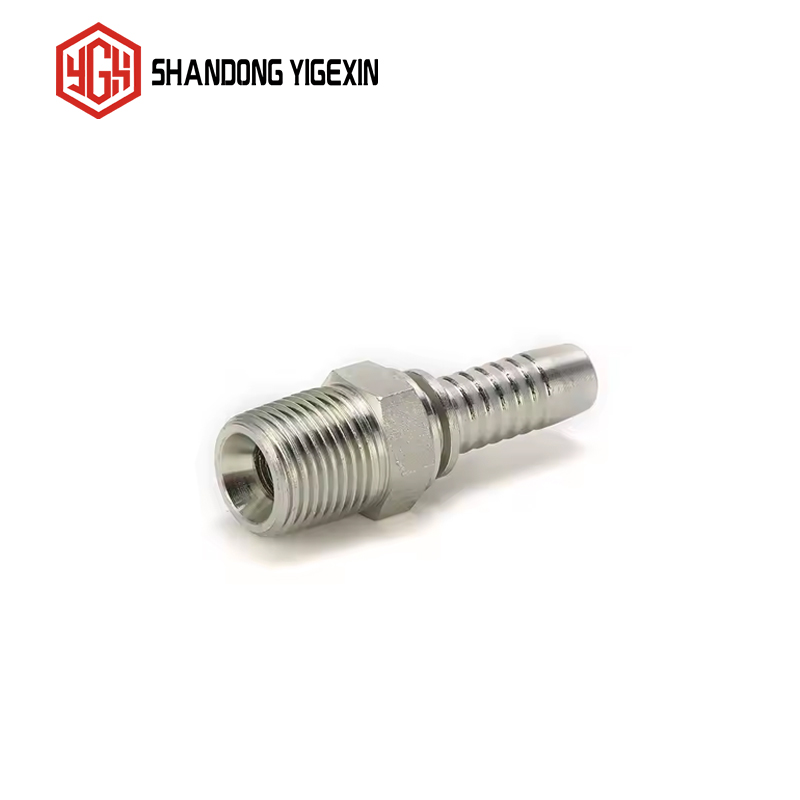Requirements for the Pipeline When Installing Hydraulic Hose Connectors
In a hydraulic system, the installation quality of hydraulic hose connectors is directly related to the performance and stability of the system. Among them, the condition of the pipeline has a crucial impact on the installation effect. To ensure the smooth installation of the connectors and enable them to achieve the best working state, there are the following requirements for the pipeline in multiple aspects.
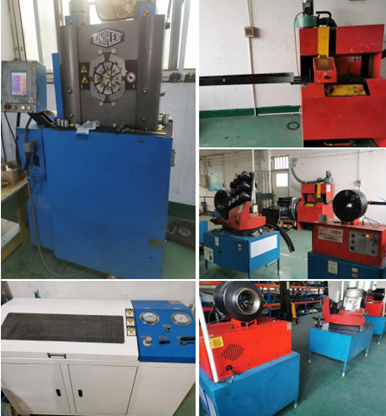
Cleanliness of the Pipeline
No Impurity Residue: The inside of the pipeline must be thoroughly cleaned, and there should be no impurities such as metal shavings, dust, and oil stains. Once these impurities enter the hydraulic system during installation, they may circulate with the hydraulic oil, causing wear and blockage to the precision components in the system, such as hydraulic pumps and valve components. This can further lead to system failures, reduce work efficiency, and even cause equipment damage. Before installing the connectors, professional cleaning equipment and cleaning agents should be used to repeatedly flush the pipeline, and then blow it dry with clean compressed air to ensure the inside of the pipeline is clean.
Meeting the Dryness Standard: A wet pipeline will cause the emulsification of the hydraulic oil, damage its lubricating performance, and accelerate the corrosion of components. Therefore, the pipeline must be completely dry before installing the connectors. Methods such as extending the blowing time and using desiccants can be adopted to ensure there is no water residue in the pipeline.
Dimensional Accuracy of the Pipeline
Pipe Diameter Matching: The outer and inner diameters of the pipeline must be strictly matched with the hydraulic hose connectors. If the pipe diameter is too large, the connector cannot be tightly connected, which will lead to hydraulic oil leakage, reduce the system pressure, and affect the normal operation of the equipment. If the pipe diameter is too small, the connector is difficult to install. Forced installation may damage the connector or the pipeline, and also cause leakage problems. When selecting the pipeline and the connector, the pipe diameter should be accurately measured according to the design requirements of the hydraulic system to ensure that their dimensions are consistent.
Appropriate Length: The length of the pipeline should be accurately cut according to the actual installation space and the system layout. An overly long pipeline will increase the flow resistance of the hydraulic oil, cause pressure loss, and may also affect the system performance due to bending and twisting. An overly short pipeline cannot meet the installation requirements and cannot achieve an effective connection between components. Before installation, the pipeline route should be carefully planned, and the required length should be accurately measured to ensure that the installed pipeline is neither too tight nor loose or sagging.
Appropriate Length: The length of the pipeline should be accurately cut according to the actual installation space and the system layout. An overly long pipeline will increase the flow resistance of the hydraulic oil, cause pressure loss, and may also affect the system performance due to bending and twisting. An overly short pipeline cannot meet the installation requirements and cannot achieve an effective connection between components. Before installation, the pipeline route should be carefully planned, and the required length should be accurately measured to ensure that the installed pipeline is neither too tight nor loose or sagging.
Material Compatibility of the Pipeline
Compatibility with Hydraulic Oil: The material of the pipeline must have good compatibility with the hydraulic oil used in the system. Different types of hydraulic oils, such as mineral oil type and synthetic oil type, have different chemical effects on the pipeline material. If the materials are not compatible, the hydraulic oil may corrode the inner wall of the pipeline, resulting in a decrease in the pipeline strength, leakage, and at the same time, contaminate the hydraulic oil and affect its performance. For example, for phosphate ester hydraulic oil, pipeline materials containing zinc cannot be used, and stainless steel or specific engineering plastic pipelines should be selected instead.
Compatibility with Connector Material: The material of the pipeline also needs to be compatible with the material of the hydraulic hose connector to ensure that a firm and stable connection can be formed when they are connected. For example, when connecting a metal pipeline to a metal connector, the problem of electrochemical corrosion between different metals should be considered to avoid corrosion damage caused by the potential difference. If a plastic pipeline is used, it is necessary to ensure that it is compatible with the sealing material and the connection method of the connector to achieve a reliable seal and connection.
Surface Quality of the Pipeline
No Scratches and Dents: The outer surface of the pipeline should be smooth, and there should be no defects such as scratches and dents. These surface flaws will affect the sealing effect when installing the connector, and are likely to cause leakage. At the same time, the scratched and dented areas may also become stress concentration points. During the operation of the hydraulic system, when subjected to high-pressure impacts, the pipeline is likely to burst at these locations. For pipelines with surface defects, they should be repaired or replaced.
Good Flatness: The connection end of the pipeline needs to be kept flat to ensure a tight fit with the connector. An uneven end face will prevent the connector from being evenly stressed, making it difficult to achieve a good seal and connection, and increasing the risk of leakage. After cutting the pipeline, the connection end should be polished and leveled to make it meet the installation requirements.
When installing hydraulic hose connectors, only by ensuring that the pipeline meets the requirements in multiple aspects such as cleanliness, dimensional accuracy, material compatibility, and surface quality can the correct installation of the connectors be achieved, the stable operation of the hydraulic system be guaranteed, and its working efficiency be fully exerted.


